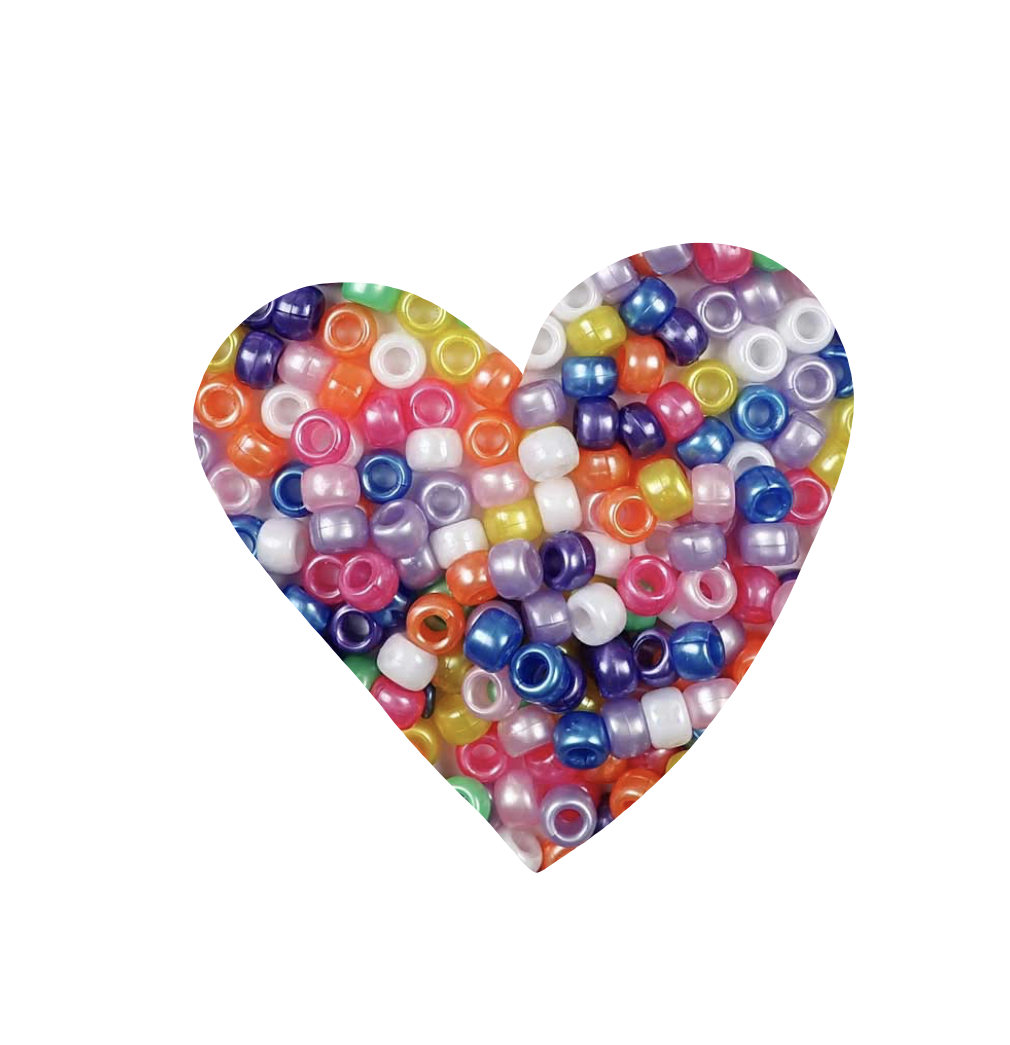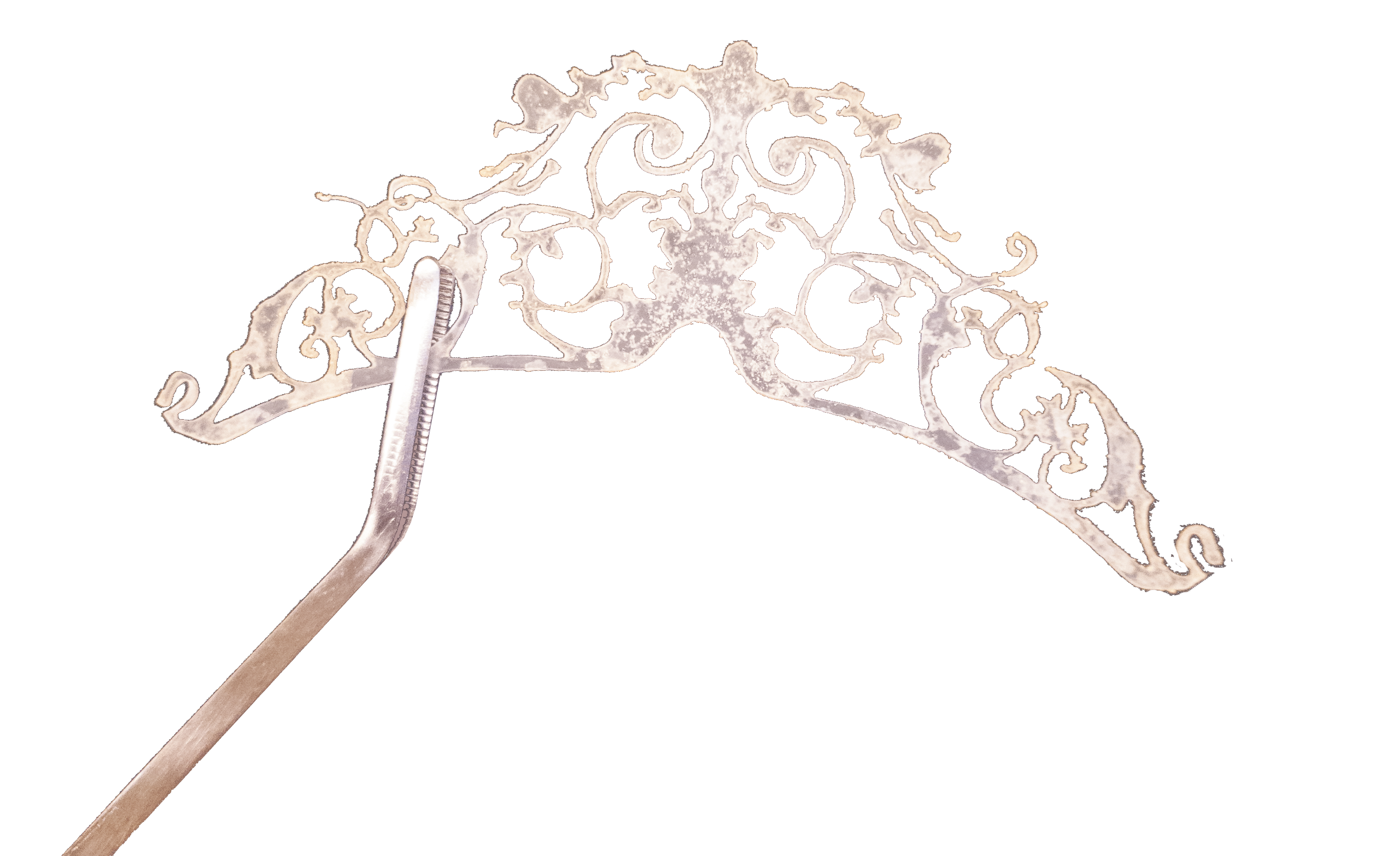
The pearl metastasizes as a means of protection. Irritants carried by saltwater are now carried by gloved hand, laid on tongue and made to glitter, we choose these spaces where beauty occupies. We find new ways to crystallize what is harmful and beloved. The evidence of our lives outlasts us, the presence of our childhoods exist in plastic which withers endlessly yet refuses to disappear. we grow so quickly and hold old gifts in new hands on the turning of the months. The pearl forms on microscopic levels and becomes visible to us as a gift of the light where no harm enters.
︎Welcome ︎︎︎
How do we redefine what we value and protect in a world where “worthless” objects refuse to disappear?
Our generation’s material ideology has been shaped by plastic. Letting go of plastic means turning it over to entropy.
Thinking about materials we preserve, especially as heirlooms, the pearl came up over and over. It is at once a token of generatioal love and a symbol of craft tradition, but also a visceral reminder that extraction (of earth, labor, and currency) is the core of the “precious materials” industry.
Thinking about materials we preserve, especially as heirlooms, the pearl came up over and over. It is at once a token of generatioal love and a symbol of craft tradition, but also a visceral reminder that extraction (of earth, labor, and currency) is the core of the “precious materials” industry.
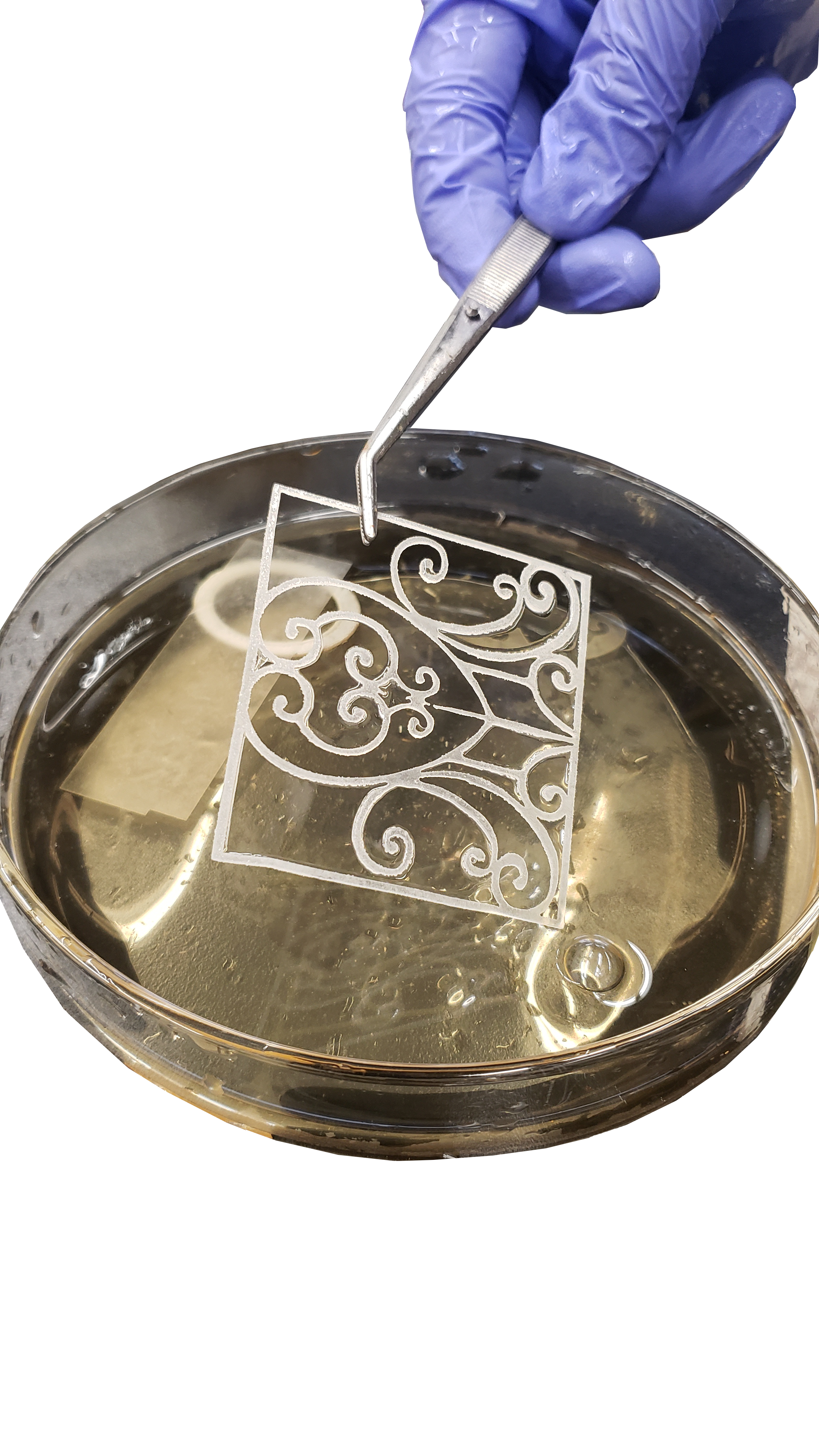

What does a modern heirloom look like?
Mother Nacre’s approach to bacterial nacre looks at the oyster as a role model for handling our most valued plastic, and uses bacteria to develop both a multi-layer coating and a bulk material that have properties of mollusk nacre.
This process happens outside of an ocean; in collaboration with, not inside, an organism; and outside of industrial environments.
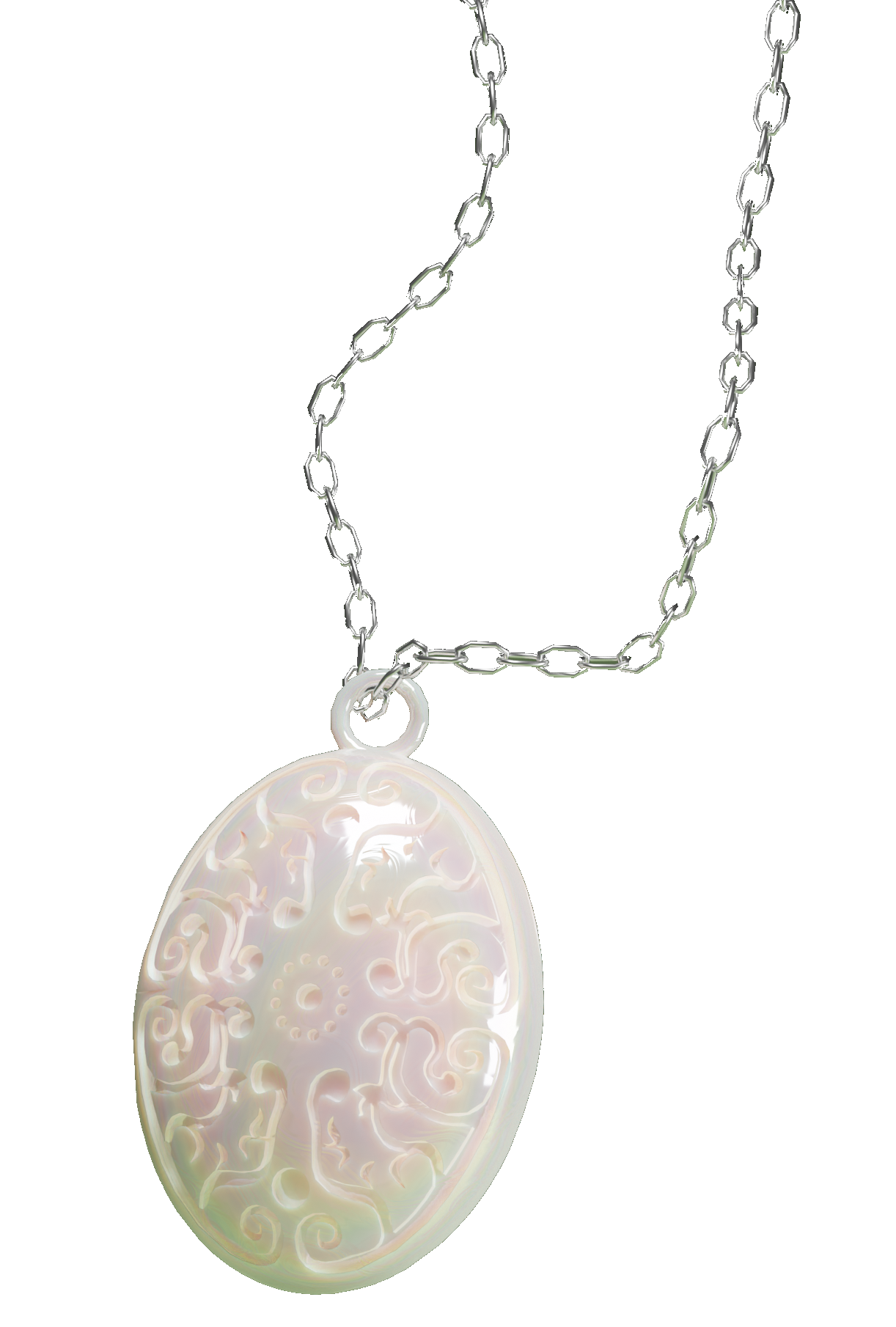
︎Irritants
Mollusks form nacre around an irritant that has entered in its shell. These layers build up around it into what we call pearls. This protects the mollusk from harmful objects and organisms, but it also protects the irritant at the pearl’s core.
We parallel this process, using plastic items with sentimental value as the “irritant” at the core of the pearl to create a Plastic Heirloom.
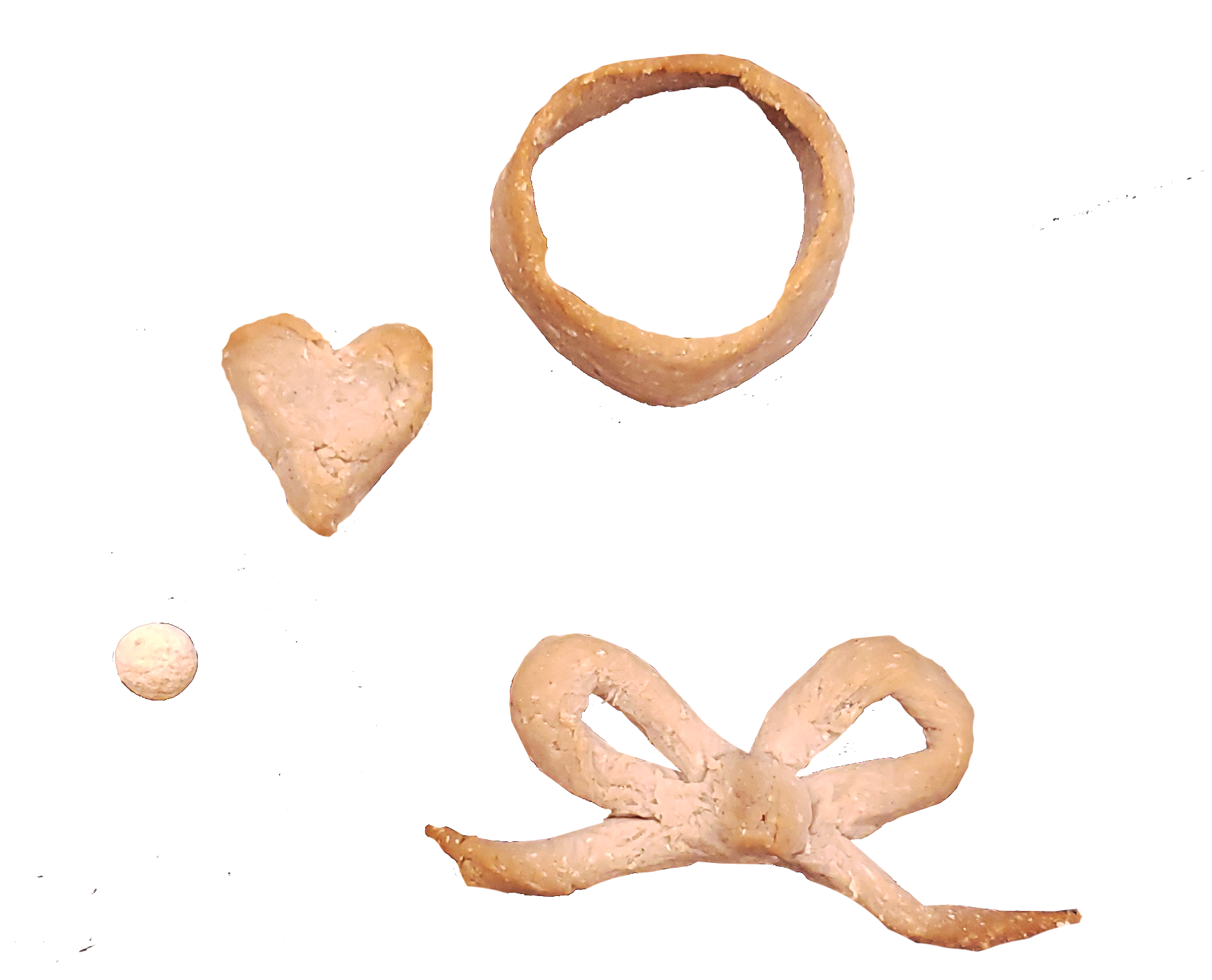
︎Nacre
Nacre or Mother-of-Pearl is the biomineralized secretions produced by mollusks. It is made up of alternating layers of calcium carbonate laminated with a biopolymer.
Mollusk nacre is made out of aragonite crystals and conchiolin proteins.
Bacterial nacre is made up of calcite crystals and gamma-poly glutamic acid (y-PGA).
These two componets can coat plastic substrates or be mixed with bacterial cellulose to mineralize in bulk.


Collaboration
& Accountability

B. Licheniformis produces gamma polyglutamic acid (y-PGA).

G. Hansenii grown in a liquid media produces bacterial cellulose.
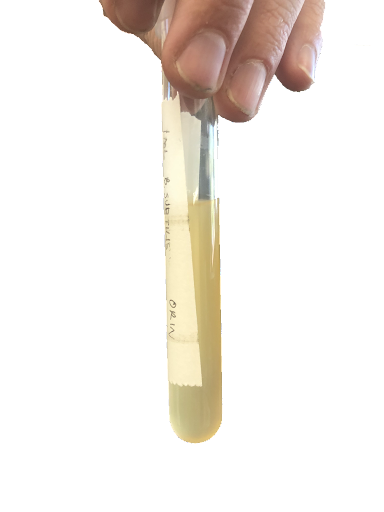
S. Pasteurii precipitates calcium carbonate

Learn more about what they do ︎︎︎

Poster Design //
Starling Wolfrum
and Sarah Becker
Starling Wolfrum
and Sarah Becker
We seek to embody the four tenants of Care as described by Joan Tronto:
Responsibility ︎ Competence︎Attentiveness︎Responsiveness
“Caring is by its very nature a challenge to the notion that individuals are entirely autonomous and self supporting.”
-Joan Tronto
We view the pearl as a role model to rethink our relationships with that which seeks to harm us.
The immortality of plastic is a largely invisible plight in countries like the USA that have the privilege of exporting their masses of post-consumer waste to countries in the global south.
We position this “invisible plight” as a hypervisible aspect of daily life by acknowledging plastic's physical impact while embracing its emotional place in our lives, families, and homes.
The immortality of plastic is a largely invisible plight in countries like the USA that have the privilege of exporting their masses of post-consumer waste to countries in the global south.
We position this “invisible plight” as a hypervisible aspect of daily life by acknowledging plastic's physical impact while embracing its emotional place in our lives, families, and homes.
